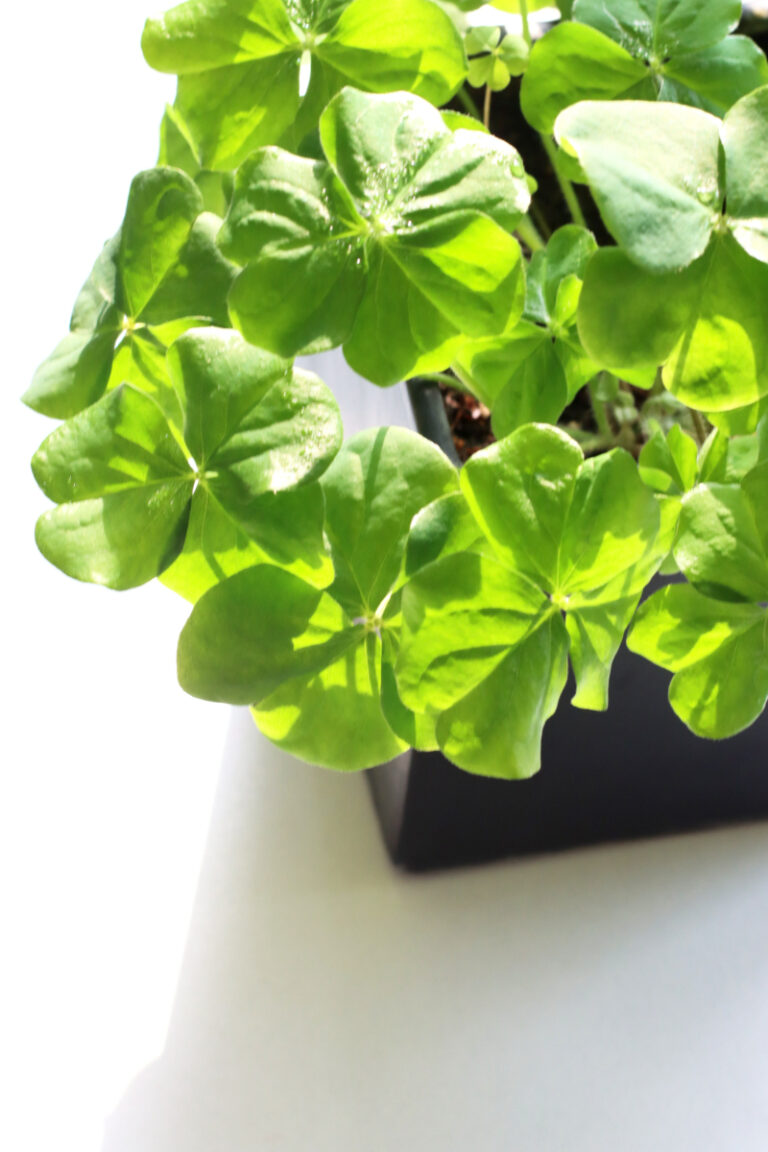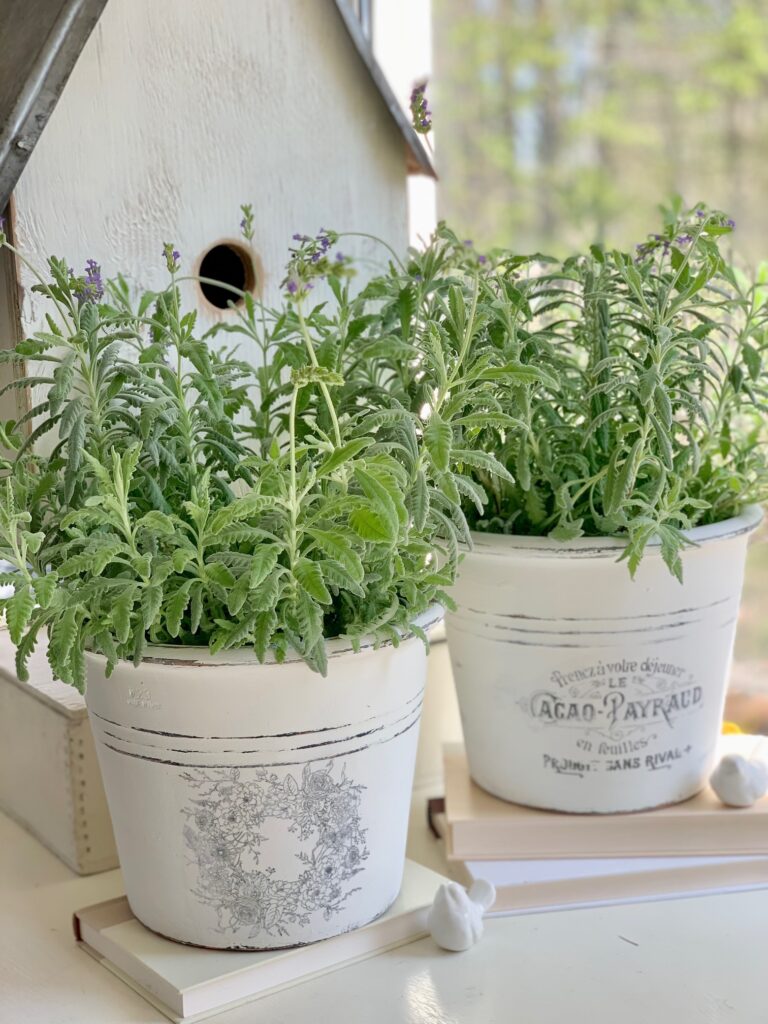Mint Sunlight Guide: How Much Sun Do Mint Plants Need?
Mint plants, like many of us, thrive under the sun’s warm embrace. They’re like little sun-seekers in our gardens, soaking up rays to grow big and flavorful. But not all mints are sunbathers—some prefer a bit of shade to keep cool.
Picture your garden as a bustling mint community, with each variety staking out its sunny or shady spot. From the sun-loving chocolate mint to the laid-back pineapple mint, they’ve all got their preferences.
Let’s take a closer look at how much sun these minty pals really need. No need for fancy jargon—just simple garden wisdom. Ready to dive in? Let’s explore the sunny side of mint plants!

Quick Facts: All You Need to Know About Growing Mint Plants
Welcome to the Quick Facts section! For those seeking rapid insights, here’s all you need to know about growing mint plants.
- Mint plants thrive in sunny locations, ideally receiving 4 to 6 hours of direct sunlight daily.
- They can tolerate partial shade, especially in hotter climates.
- Mint prefers moist, well-drained soil rich in organic matter for optimal growth.
- Plant mint seeds or seedlings in early spring after the last frost has passed.
- Water mint plants regularly, keeping the soil consistently moist but not waterlogged.
- Popular mint varieties include spearmint, peppermint, apple mint, and chocolate mint.
- Mint plants can be grown indoors in containers or pots placed in sunny locations.
- Propagate mint plants through stem cuttings or root divisions.
- Mint can become invasive if not contained; plant in bottomless buckets or large containers to prevent spreading.
- Harvest mint leaves just before mid-morning for best flavor potency and store them refrigerated for up to one week.
- Enjoy mint leaves in various culinary dishes, desserts, beverages, and cocktails for added freshness and flavor.

Understanding Mint’s Sunlight Needs
Unlike cacti thriving in relentless desert heat or delicate lettuces bolting from too much glare, mint’s photosynthetic sweet spot falls somewhere hashed out in hours of direct sun exposure. But what exactly constitutes problematic partial shade versus necessary sunlight for these prolific plants?
By its botanical nature, mint grows healthily given roughly 6 hours of unfiltered sunlight daily. This fuels sufficient energy and warmth to power fragrant oil production in its leaves without draining moisture reserves too severely. Think of it as the herby “Goldilocks Zone” balancing refreshingly vibrant flavor and controlled spread. However, stretching definitions don’t account for variables like regional aridity, indoor conditions, and specific mint cultivars’ traits. We must refine ideas further of “full sun” down to measurable degrees for success.
While spearmint endures more flexibility than most, factors from soil nutrition to sufficient airflow also influence how different mint varieties like peppermint and pineapple mint utilize bright light. So let’s dive deeper into both understandings exactly what satisfies mint’s light cravings and carefully customizing our cultivation conditions to grant the bountiful boon of flavor and growth these gorgeous plants offer through proper photons fueling their journey!

Sun Requirements for Mint Varieties
While most culinary mints thrive given roughly 6 hours of strong light, adjusting for issues like harsh afternoon heat or dim interiors benefits some uniquely:
A) Chocolate mint prefers a bit of reprieve from intense sun to avoid bitter notes, making it great for partly shaded garden beds. Provide bright indirect light indoors.
B) Similarly, pineapple mint and orange mint yield the sweetest flavors with protection from temperature extremes in partial shade outdoors. Place near sun-facing windows inside avoiding direct exposure.
C) Hardy peppermint and spearmint tolerate nearly full sun outdoors. Just ensure ample hydration and rich soil. For container-grown plants, situate them under grow lights.
When cultivating indoors, situate plants within 18 inches of wide southeast or southwest facing windows if possible. If an indoor mint plant is exhibiting uneven growth by reaching toward a light source from just one side, gently twist and turn the pot occasionally. And supplement with 14-16 hour full spectrum bulb exposure where windows lack strength. Outdoors, monitor soil moisture closely as sunshine intensifies drying effects. By carefully meeting mint’s sunlight needs, you’ll be rewarded with more robust flavor and growth thanks to the plant having adequate light to power its internal photosynthesis process.

Mint Varieties and Their Sun Requirements Chart
| Mint Type | Sun Needs Outdoors | Sun Needs Indoors |
|---|---|---|
| Spearmint | Full sun | South-facing window or grow lights |
| Peppermint | Full sun | South-facing window or grow lights |
| Pineapple Mint | Partial sun/shade | Bright, indirect light |
| Orange Mint | Partial sun/shade | Bright, indirect light |
| Chocolate Mint | Partial shade | Bright, indirect light |
| Ginger Mint | Full sun | South-facing window or grow lights |
Planting Mint: Sunlight and Soil Considerations
A) When choosing planting sites, ensure at least 6 hours of direct sun for most mint aside from shade-lovers. South or west-facing spaces often work well. Observe light patterns on the site throughout days to determine suitability.
B) Rich loamy soil with compost appeals, but avoid thicker clay-heavy beds retaining excess moisture. Peppermint is one mint tolerating soggy feet more forgivingly if drainage is subpar initially.
C) Container planting allows perfect soil control plus mobility. But drainage holes prove mandatory at the base and monitor soil moisture levels diligently since pots dry out fastest. Aim for consistently damp but never saturated mint roots by watering vigilantly.
Whether planting outdoors or in containers, match needs between available ambient light, and the specific mint variety chosen, and prepare the ideal fertile yet free-draining base that suits. Then enjoy explosively vigorous growth from proper planning for years of abundant flavorful leaves at the ready for both palate and nose through purposeful provisioning at planting time!

Sunlight Maintenance and Care
A) Monitor sunlight intensity reaching mints daily at first. Leaves yellowing or powdery mildew may signal too little energy. Use shade cloth filters if the afternoon heat scorches.
B) For indoor container plants lacking sufficient natural sunlight, employ adjustable full spectrum grow lights. LED panels in cool or warm color temperatures work well. Position 6-12 inches above plants with 14-16 hour daily exposure.
C) In extreme summer heat, temporary 30% shade cloths moderate intense sunlight preventing moisture loss. Move container plants indoors avoiding temperature swings under 80°F if overly wilted and drained frequently.
Vigilance ensures light-fueling photosynthesis happens sustainably. Subtly alter conditions when necessitated by environmental fluctuations. With attentive adjustments safeguarding mint’s preferred brightness, both leaf quality and quantities thrive thanks to careful cultivation catering to exact needs!

Common Issues Related to Sunlight
A) Insufficient brightness invites susceptibly to fungal problems like mint rust or verticillium wilt. Meanwhile, excessive heat and dryness draw spider mites stealing moisture and speckling leaves.
B) Mitigate diseases through preventative scattering of compost, eliminating affected growth promptly, and consistent overhead watering avoiding parched periods without. For mites, spray affected plants with cold water blasts first before insecticidal soap if infestations persist.
C) Strategically monitor conditions avoiding temperature extremes through portable shade or glass barriers. Fertilize container plants weekly with balanced liquid options to fuel recovery from stresses related to too much or too little light. With proactive tweaks and vigilant treatments, obtain control over causes attempting exploitation when photon flows fall outside optimal ranges.
While less common indoors, managing related risks through environmental design and early identification stops issues from gaining momentum so abundant yields continue their trajectory unhindered! Please advise any other common mint pitfalls needing highlighting that tie back to light levels.
Harvesting Flavor-Packed Leaves
A) For the best essential oil potency and flavor, harvest just before mid-morning once dew or condensation dries but before excessive heat builds. Target young tender top leaves around 6-8 inches down new shoots at their most vibrant prime.
B) Beyond teas, chopped fresh mint leaves adding to fruit desserts, salads, marinades, and protein dishes for bright pops of cooling flavor. Or macerate torn leaves in simple syrup overnight for stunning potency infusing cocktails and more.
C) Store freshly cut stems like flowers in water for around 1 week refrigerated. Or wrap dry washed bundles in paper towels stashing in perforated bags for longer durations of up to 2 weeks. For a maximum shelf life of up to a year and convenience, dry leaves then crumble or freeze them into ice cube trays topped off with oil or stock before transferring them to airtight bags.

Frequently Asked Questions On How Much Sun Do Mint Plants Need
Mint plants thrive in a sunny location, ideally receiving 4 to 6 hours of direct sunlight daily. However, they can tolerate partial shade, especially in hotter climates.
Mint plants prefer moist, well-drained soil rich in organic matter. A fertile soil mix provides essential nutrients for healthy growth and robust foliage.
Mint seeds or seedlings can be planted in early spring after the last frost has passed. This allows them to establish themselves before the growing season peaks in late summer.
Mint plants require consistently moist soil to thrive. Water them regularly, ensuring the soil remains damp but not waterlogged. Use a glass of water to gauge soil moisture near the roots.
There are several varieties of mint, including Mentha spicata (spearmint), Mentha suaveolens (apple mint), and Mentha piperita (peppermint), each with its unique flavor and aroma.
Yes, mint plants can be grown indoors in containers or pots placed in a sunny location. Supplemental grow lights may be necessary to ensure they receive adequate sunlight.
Mint plants can be propagated through stem cuttings or root divisions. Simply cut a healthy stem or divide the root ball into sections and plant them in well-draining soil.
Mint plants are vigorous growers and can become invasive if not contained. Planting them in bottomless buckets or larger containers helps prevent them from spreading uncontrollably in the garden bed.
Yes, mint plants can flower. When left to grow without regular harvesting, mint plants produce small clusters of flowers in late spring or early summer. However, many gardeners prefer to harvest mint leaves before they flower to maintain the best flavor and prevent the plant from becoming too leggy or invasive.
To fertilize mint, you can apply a balanced fertilizer once or twice during the growing season, typically in early spring and again in midsummer. Use a general-purpose fertilizer with equal parts nitrogen, phosphorus, and potassium (NPK) or make your own fertilizer. Apply the fertilizer according to the package instructions, being careful not to over-fertilize, as this can lead to excessive foliage growth and a decline in flavor. Water the mint thoroughly after applying fertilizer to help it absorb the nutrients efficiently.

Growing mint plants can be a rewarding experience, whether you’re nurturing new mint plants indoors or tending to established ones in your garden bed. Remember to provide good drainage and ample sunlight, and consider using a grow light for indoor plants during cooler temperatures. Experiment with different types of mint to discover your favorite flavors for savory dishes or refreshing mint juleps. With regular care and attention, your mint plants will thrive, spreading their aromatic leaves and enhancing your herb garden with their invigorating scent. So grab your sharp scissors, harvest some fresh leaves, and enjoy the delightful taste of homegrown mint in your favorite recipes!
Thank you for visiting the blog today to learn about mint and their sun needs!







